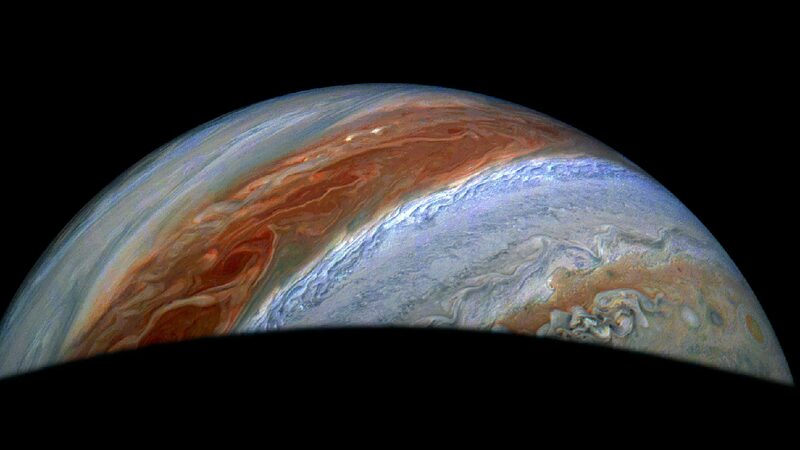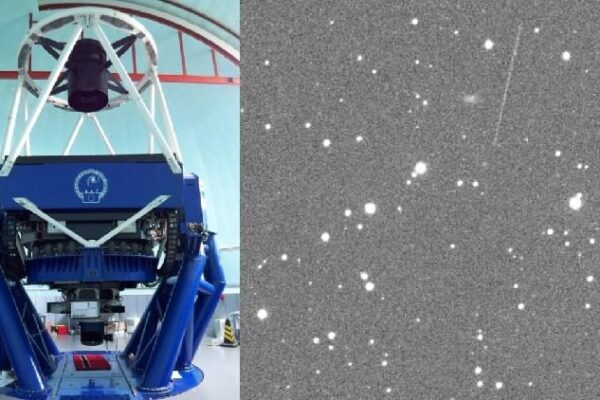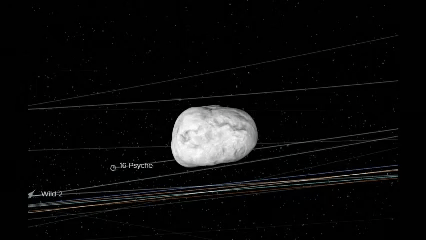A team of astronomers at the Purple Mountain Observatory in Nanjing, east China’s Jiangsu Province, has made an exciting celestial discovery—a new comet designated as C/2025 A3 (Tsuchinshan).
The comet was first spotted on January 5 by the observatory’s researchers. On Thursday, the International Astronomical Union’s Minor Planet Center confirmed the discovery, marking the ninth comet identified by the Chinese observatory.
C/2025 A3 follows an orbit between Jupiter and Neptune, completing a journey around the sun approximately every 33 years. Its closest approach to the sun, known as perihelion, is projected for May 2026. Even at its closest point, the comet will remain beyond the orbit of Jupiter, keeping a considerable distance from Earth.
The comet’s orbit ranges from 5.7 astronomical units (AU) at its nearest to the sun, to 14.9 AU at its farthest point. To put that in perspective, one AU is the average distance from the Earth to the sun—about 150 million kilometers.
This discovery not only adds to our understanding of the solar system but also highlights the growing contributions of Chinese astronomers to space exploration. As C/2025 A3 journeys through space, it serves as a reminder of the endless wonders our universe holds.
Reference(s):
cgtn.com








